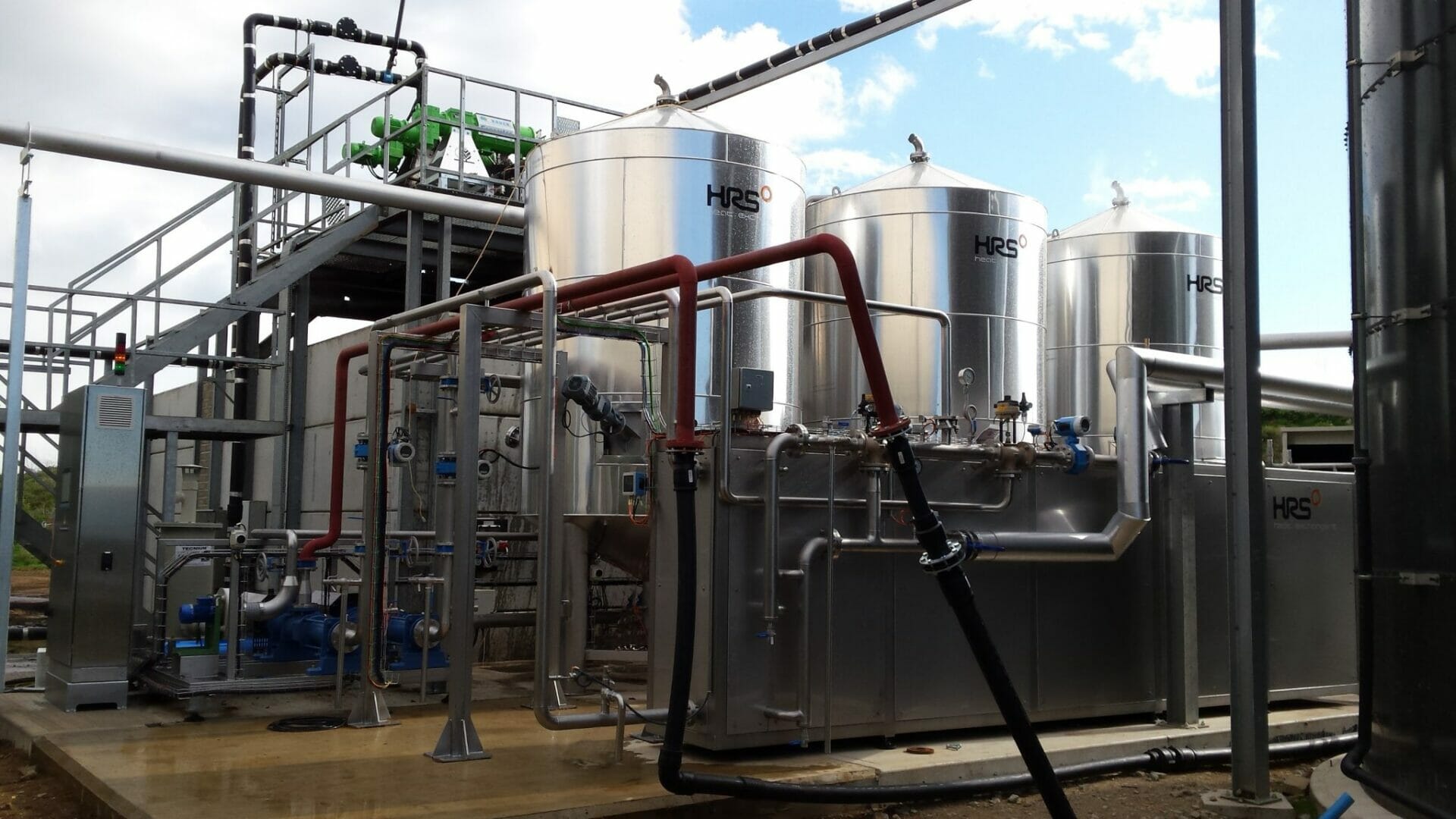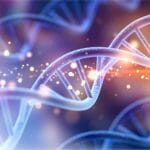By Matt Hale, International Sales & Marketing Director, HRS Heat Exchangers
The recent announcement1 that the UK’s water industry has joined the UNFCCC’s Race to Zero, as well as last year’s launch of Water UK’s Net Zero 2030 Routemap,2 is great news for the environment. However, the secret to maximising the greenhouse gas savings from any renewable energy source is to maximise efficiency at every stage of the process, and for anaerobic digestion (the process which generates biogas) this includes maximising the efficient use of the high quality digestate biofertiliser produced during the anaerobic digestion (AD) process, as well as maximising biogas production.
The Routemap sets a target to supply 150,000 homes with Green Gas (biomethane) by 2030, and the accompanying website highlights projects such as Northumbrian Water’s gas-to-grid plant at Bran Sands on Teesside. However, while the document refers to developing UK markets for (carbon) sequestration with landowners, it makes no specific mention of the important role that digestate management plays in delivering carbon savings at AD plants and beyond.
Anaerobic digestion creates a valuable organic fertiliser (known as digestate) which also offers environmental benefits compared to synthetic fertilisers. It is important that the new study fully considers the use of digestate and its benefits, as well as its perception of digestate and how it is treated and classified.
By adding organic matter, digestate improves improve soil health and with long term use this can increase the ability of soils to sequester carbon. Using digestate to fertilise soils also reduces the need for synthetic nitrogen, phosphorus, and potassium fertilisers.
HRS Heat Exchangers provides two systems specifically aimed at improving the efficiency of digestate production and maximising its value in both nutritional and economic terms.
Digestate Concentration
The HRS DCS uses patented technology to reduce the volume of the liquid fraction by up to 90% , raising the concentration to 20% total solids while, at the same time, maximising the nutrient content, using heat from the AD plant’s CHP engine. Less water also means reduced transport costs and field traffic, bringing further benefits in terms of reduced compaction caused by the application of the digestate to land.
The first part of the DCS process involves heating the liquid digestate in heat exchangers so that minimal additional water and energy is required, as the surplus water from the plant’s CHP engine is used as the heating media. The steam produced from this first cycle is then used as the heating media for the second effect, whereby the process is repeated with further cycles. The DCS is virtually self-sufficient – minimal energy or water is bought in, nothing is wasted, and the surplus energy from the CHP is re-used up to four times.
Another benefit of the DCS is odour control, which helps increase the nutrient content of the digestate. The high temperatures and vacuum conditions needed to concentrate digestate can cause the release of ammonia, largely responsible for the odours associated with digestate. However, the DCS overcomes this by acid-dosing the digestate with sulphuric acid, thereby decreasing the pH levels. This turns the ammonia into ammonium sulphate, which is not only less odorous, but is also an ideal nutrient.
Digestate Pasteurisation
To prevent the spread of potential pathogens which may be present in wastewater, either the feedstock or the digestate should be treated appropriately, with pasteurisation being a tried and tested technique across the world.
One of the most energy-, and therefore cost-efficient methods to pasteurise digestate is the HRS Digestate Pasteurisation System (DPS), which is based on heat exchangers rather than tanks with heating jackets. Using heat exchangers means that effective digestate pasteurisation is possible using surplus heat while allowing additional thermal regeneration levels of up to 60%. This saved heat can then be used for other processes, such as evaporation of the digestate to remove water.
The standard 3-tank DPS provides continuous pasteurisation, with one tank being pasteurised while one is filling, and another being emptied. The HRS pasteuriser uses a double tube heat exchanger to heat the digestate to 75 degrees Celsius above the required pasteurisation temperature. This allows for variation in the sludge consistency and its incoming temperature, making sure that the digestate is always properly pasteurised. The tanks can also be used individually, for example to allow for routine maintenance.
The DPS and DCS are examples of several systems that HRS produce to improve the efficiency and sustainability of biogas plants and the anaerobic digestion process, with other examples including systems to dry biogas and recover waste heat from exhaust systems. Making biogas plants as efficient as possible will not only increase the environmental benefits they provide but will also improve economic returns for developers and operators, helping to increase the deployment of this vital technology.








